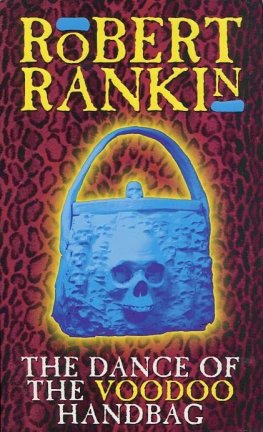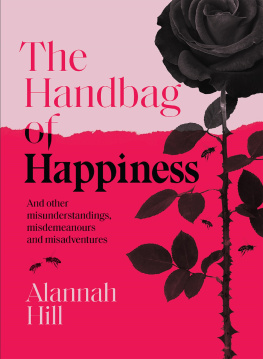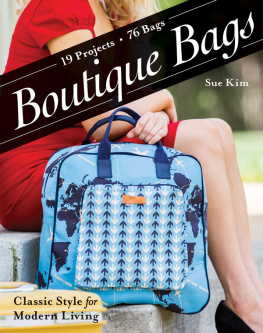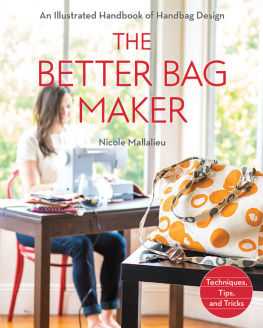
Text copyright 2010 by Amy Butler.
Photographs copyright 2010 by David Butler.
Illustrations copyright 2010 by Jacob Redinger.
All rights reserved. No part of this book may be reproduced in any form without written permission from the publisher.
Art Direction by Amy and David Butler
Designed by Design at NOON
Technical writing by Dianne Barcus and Kim Ventura
Styling by Nora Corbett
The publisher, author, and artists who produced Amy Butlers Style Stitches disclaim all liability from any harm, loss, or injury that may result from the use, proper or improper, of the information contained in this book. We advise that common sense dictate any use of the suggested crafts and do not claim that the information contained herein is accurate or safe for your specific situation. It should by no means be considered a substitute for good judgment, skill, and the aforementioned common sense.
Coats Dual Duty XP is a registered trademark of Coats & Clark Inc. Pellon Fusible Thermolam Plus, Pellon Shape Flex, and Peltex are registered trademarks of Freudenberg Nonwovens. Prym-Dritz is a registered trademark of the Prym-Dritz Corp.
Manufacturers instructions for Pellon Thermolam Plus Fusible, Pellon Shape-Flex SF-101, Pellon Peltex 70 Sew-In Ultra-Firm Stabilizer, Pellon Peltex 71F Single-Sided Fusible Ultra-Firm Stabilizer, and Pellon Peltex 72F Double-Sided Fusible Ultra-Firm Stabilizer on printed with permission of manufacturer.
ISBN 978-1-4521-3258-7
Library of Congress Cataloging-in-Publication Data available.
The Library of Congress has previously cataloged this title under ISBN 978-0-8118-6669-9
Chronicle Books LLC
680 Second Street
San Francisco, California 94107
www.chroniclebooks.com
Contents
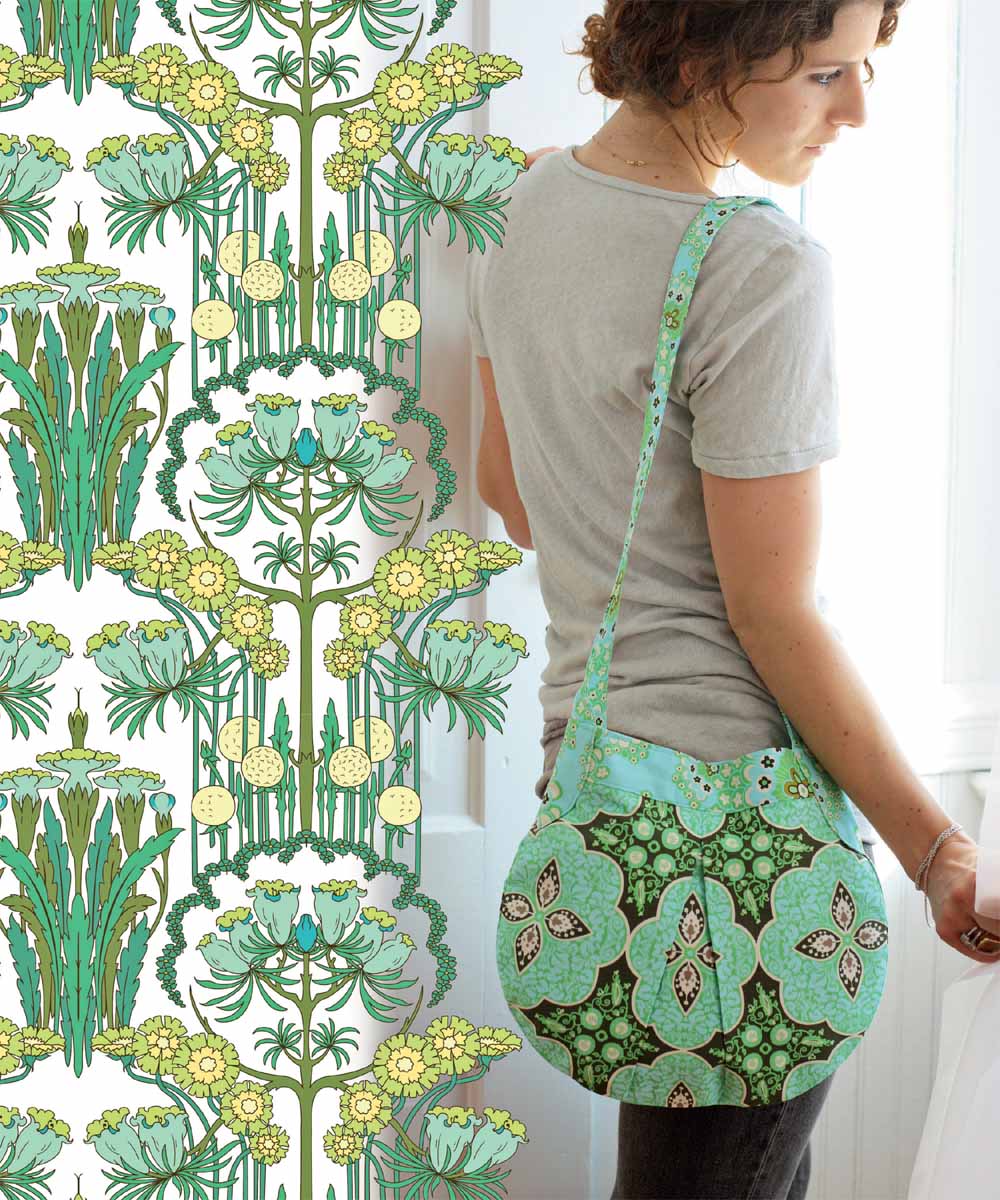
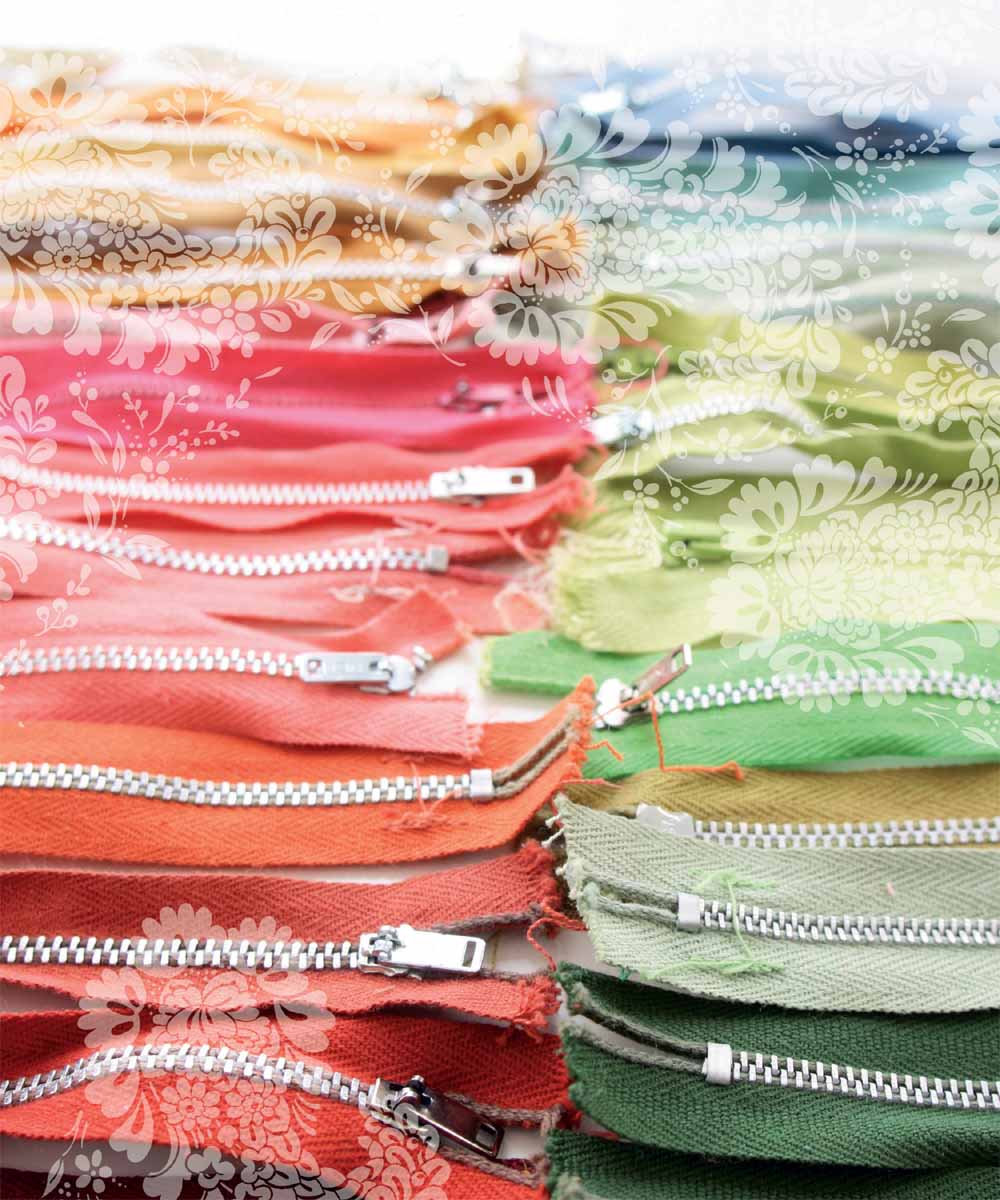
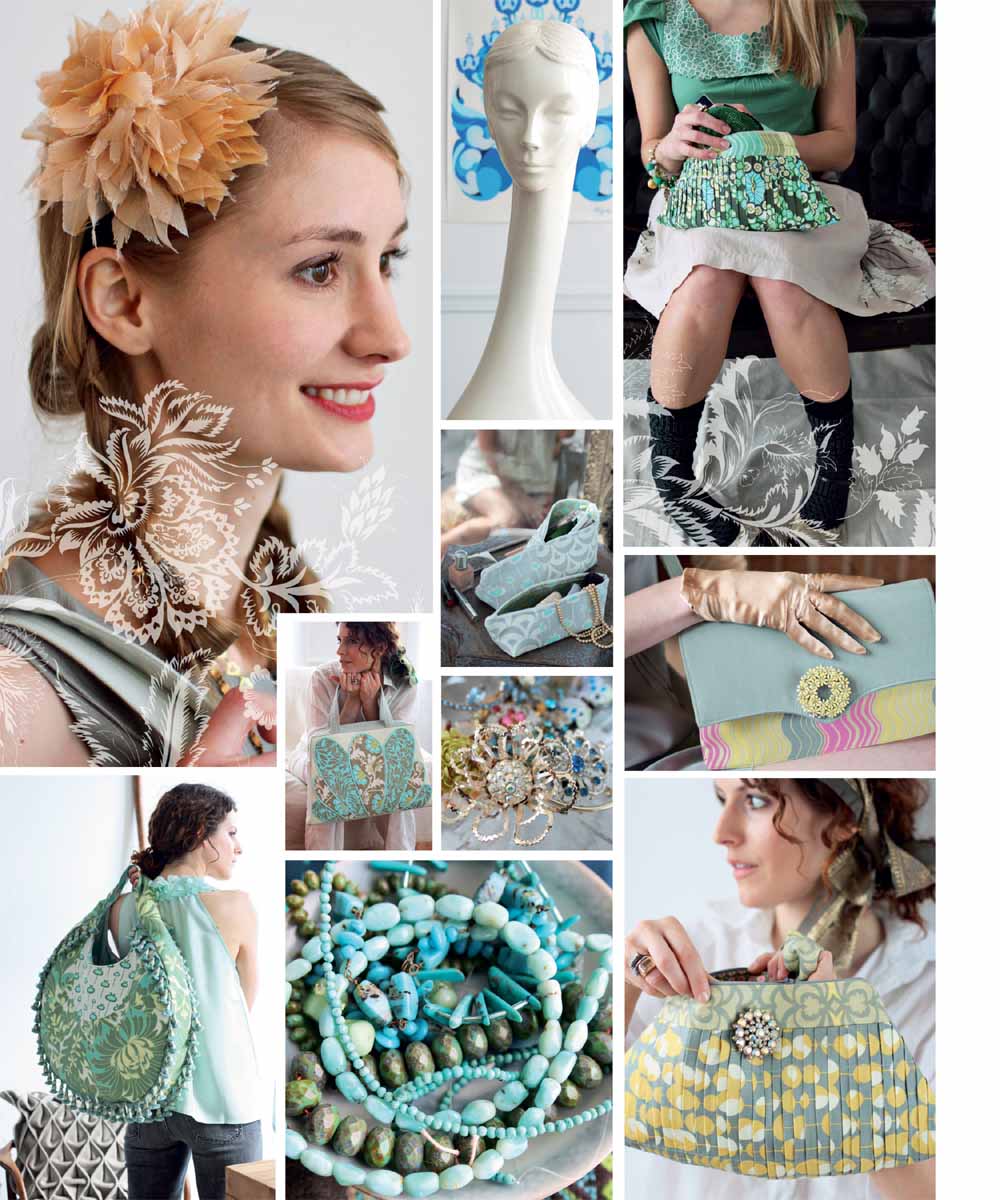
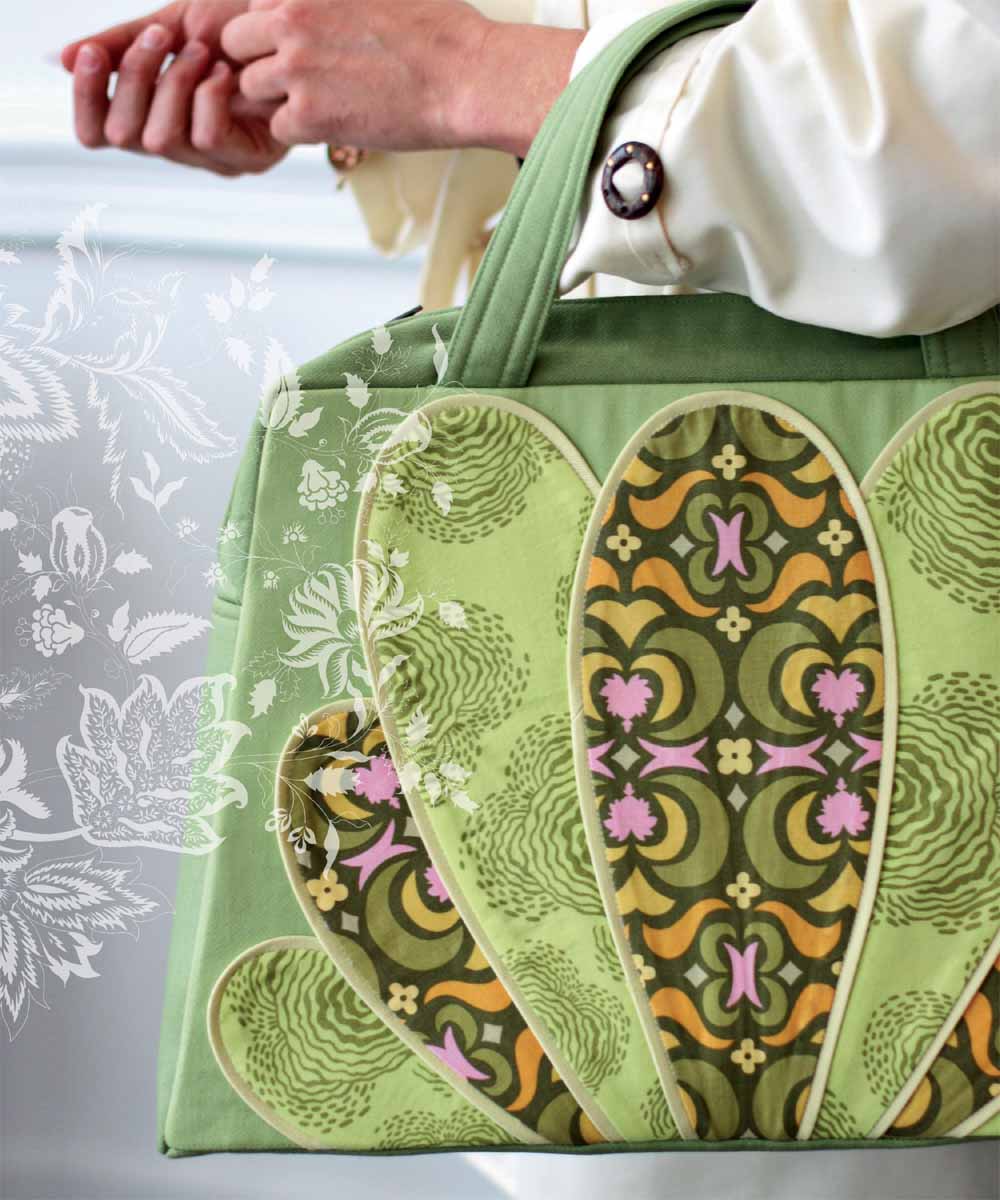

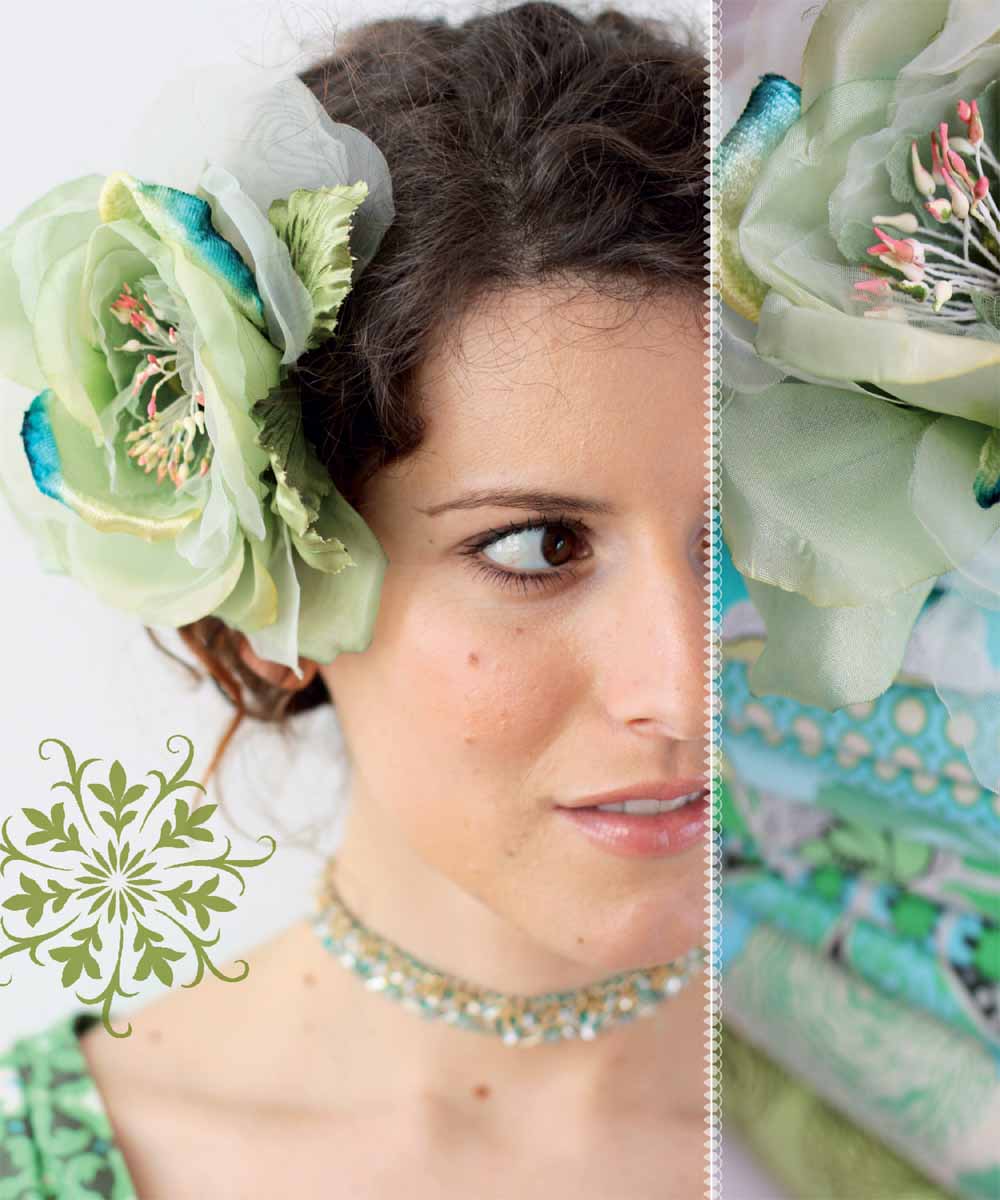
Introduction
easy ways to wonderful purses and handbags!
If youve picked up this book, chances are you love handbags as much as I do. I built my sewing-pattern business around creating designs for bags that are stylish, diverse, and personaland personality has everything to do with personal style. Creating your own garments, home dcor, and, yes, handbags is the ultimate way to set yourself apart, tell your story, and share your creative voice with the world.
I designed these projects with ease and simplicity in mind, giving you a few well-crafted foundations with lots of options. Starting with twelve foundation bag designs, I developed unique and stylish elements to help you create different looks. Most of the bags have several variations and an array of great detailing to help you inject your distinctive style because in the end, it is really about your personality shining through.
I organized the book so it starts with the easiest project and ends with the most complex (although it is still well-suited for the intermediate seamstress). If you are new to sewing, you can work your way through the book and watch your skills grow as you move from project to project. Just because a project is easy doesnt mean the design needs to be basic. Youll find in these designs that simplicity never sacrifices great style!
I encourage you, especially if you are new to sewing, to begin by reading Getting Started for handy sewing definitions and illustrated how-tos.
If youve purchased my patterns in the past, or my other sewing-project books, Amy Butlers In Stitches or Amy Butlers Little Stitches for Little Ones , youll appreciate the value of being able to create stunning and personal projects for yourself and loved ones from just one book! Sewing is a timeless art, and creating fashion for yourself is the best measure of true personal style. As trends come and go, you can make yourself up to be exactly who you are, one stylish stitch at a time!
Enjoy!
Amy
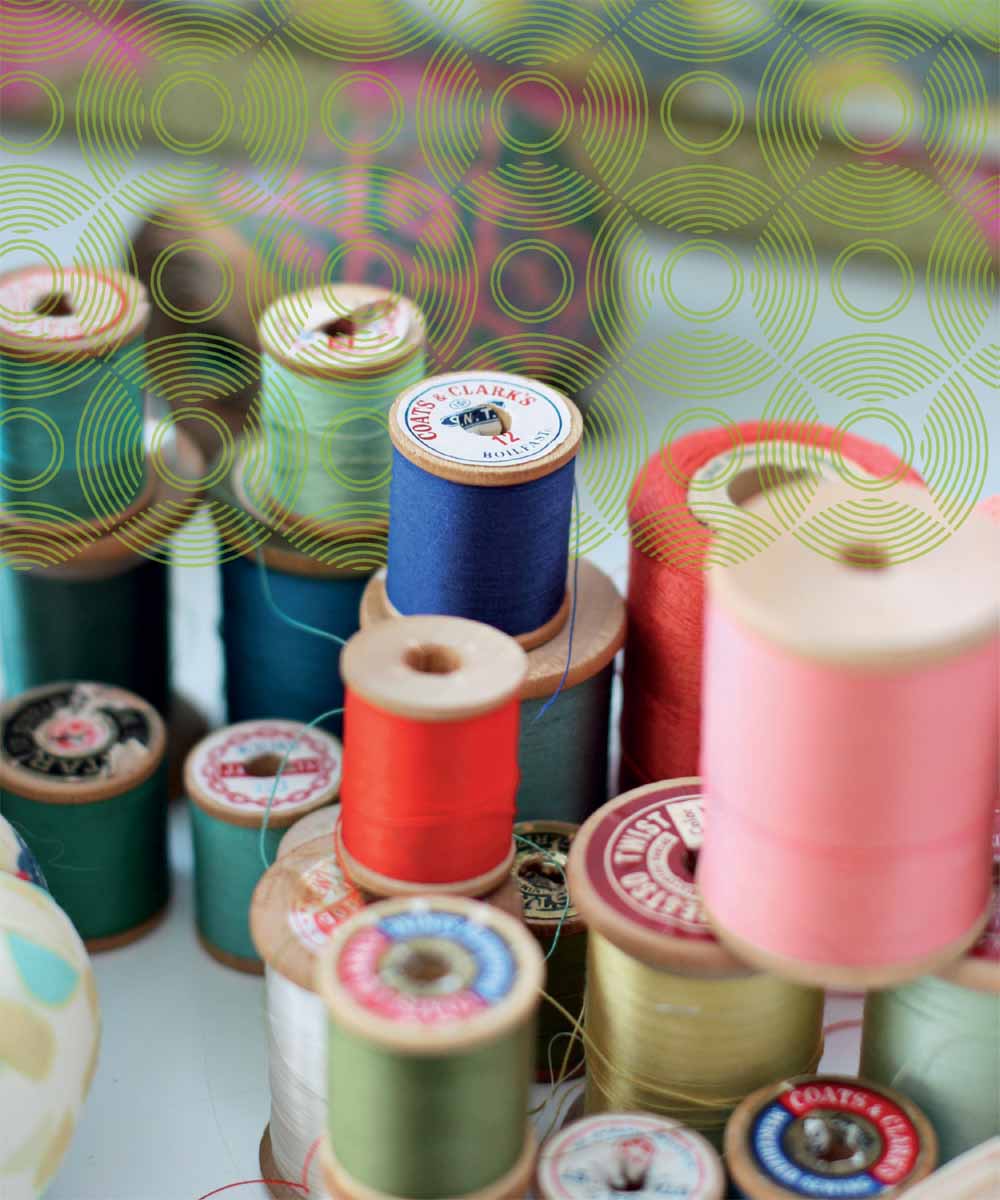
Getting Started
FABRICS
Youre going out into the world with your latest creationwhat will it be? Everyone will notice two things about your bag: its shape and its fabrics. Fabrics have attitude! Exciting, sophisticated, quiet, graceful, confident, and sometimes wild. Youll want different fabrics for different moods and different uses. Different bags will show the world the many wonderful facets of your personality and unstoppable creativity.
I am a fabric designer, too. You might agree with me that the best part of designing a new bag is deciding which fabrics to use. Youll have practical things to consider as well. For example, can you use certain weight fabrics for different styles and sizes of bags? Do you want Home Dec weight versus quilting and/or fashion weight? Can you combine vintage fabric with new fabric? Some vintage fabrics may be too fragile for a heavily used shopper. Proper interfacings and good technique in hems and seams are always needed, but they cant help worn or deteriorating fabric thread. I would suggest using common sense, except that I readily eschew common sense if the fabric is just too fantastic! Besides, you can always get creative and sew a sturdy lining or an extra panel to reinforce your grandmothers prom dress turned new shoulder bag.
If youre new to sewing, choosing fabrics can be an overwhelming prospect. No worries! Here are some rules of thumb to keep in mind before you select and buy fabrics, and some tips for preparation and care before you start sewing:
Carefully read the Materials List for your project and make sure you have an understanding of the type of weight fabric youll need to use. Keep in mind that you can adjust interfacing amounts to achieve your desired thickness, sturdiness, and weight. If you are repurposing vintage materials, be sure to use fabric pieces that are still in good shape: no worn spots or weak areas.
If you are working with a fabric with a directional print, be sure to purchase enough yardage to allow for matching up repeats in the fabric and to keep the designs all going in the same direction on the various parts of your project.
As for color and pattern selection, always follow your instincts. You want to work with prints that you love, Love, LOVE! Youll be investing a good amount of time in your project, so have fun and combine surprising colors and designs.
Be sensitive to texture, fiber, and weight differences. Make sure you are combining compatible fabrics. For example, avoid mixing lightweight, airy cottons with big, heavy wools; the dramatically different textures and weights will diminish the quality of your project, plus these fabrics have different washing needs. If you stay roughly within the same weight, fiber family, or texture, youll be good to go. You can successfully marry a lighter-weight cotton to a heavier cotton providing you add additional interfacing to the lighter-weight fabric so it is balanced with the heavier material.
Next page

